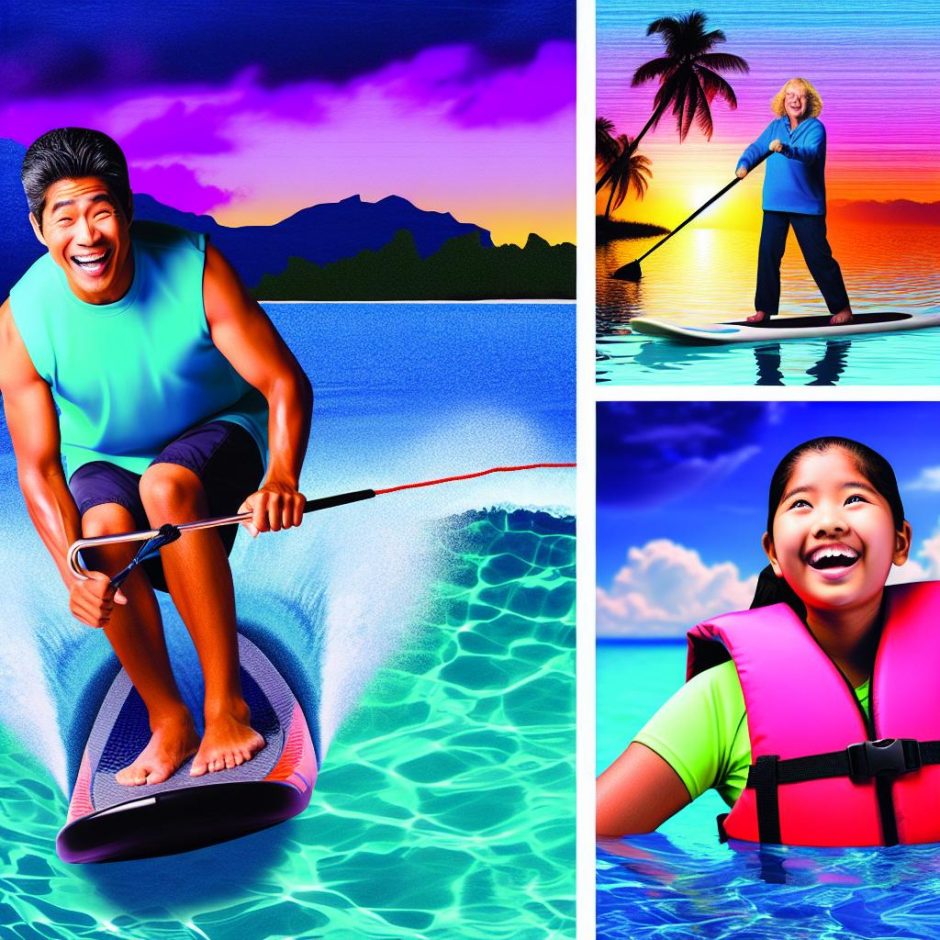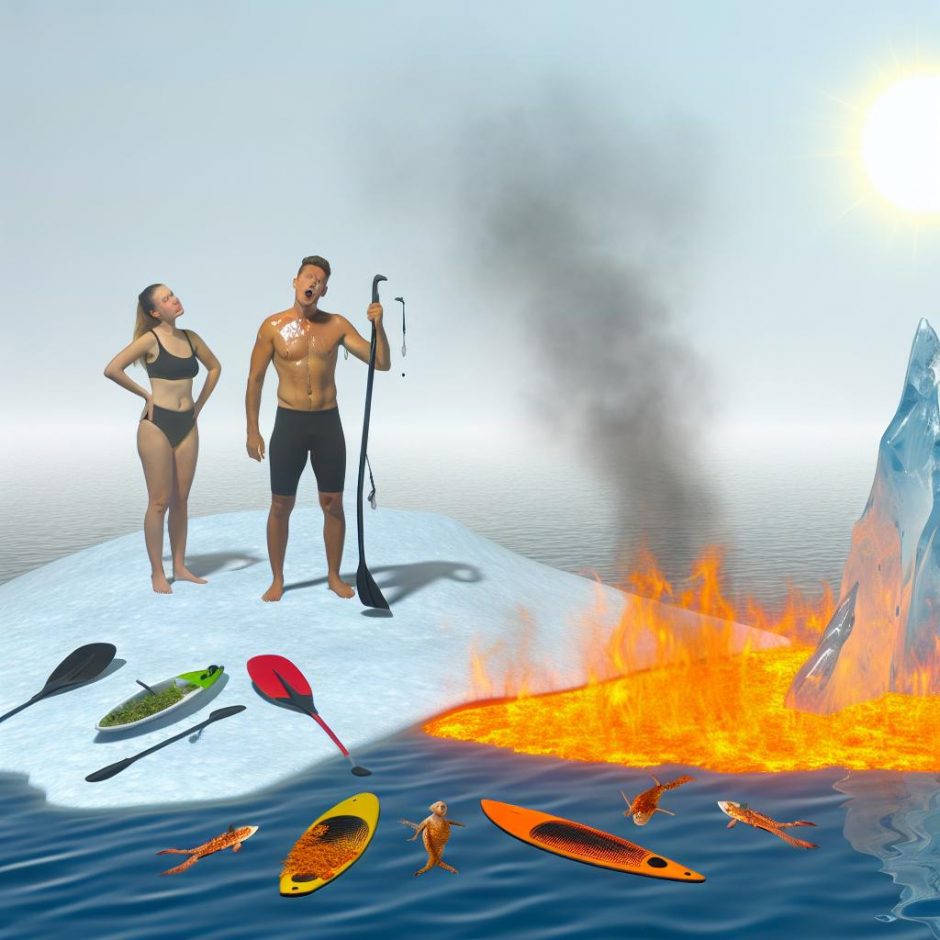Introduction to Water Sports
Water sports are a fantastic way to enjoy the outdoors, improve physical fitness, and learn new skills. Whether in the ocean, lake, or pool, engaging in water activities is both exhilarating and educational. For beginners, selecting the right water sport can make the experience enjoyable and fruitful. This article outlines some of the most accessible and engaging water sports for newcomers looking to venture into aquatic activities.
Kayaking
Kayaking is an excellent starting point for beginners. You sit in a small watercraft, propelling yourself with a double-bladed paddle. This sport can be enjoyed in calm waters like lakes and slow-moving rivers, providing a perfect setting for novices. Kayaking enhances upper body strength and offers a peaceful way to explore nature.
How to Get Started
Getting started with kayaking typically involves renting equipment. Many local recreation centers and outdoor shops provide beginner-friendly classes that cover the basics of paddling and safety. When embarking on your kayaking journey, it’s essential to wear a life jacket at all times and understand the basic safety protocols. Kayaking can be a solo venture or an activity shared with friends, making it adaptable for different social settings. As skills progress, individuals may explore more challenging water conditions.”
Paddleboarding
Paddleboarding, or SUP (Stand-Up Paddleboarding), involves standing on a board while using a paddle to glide across the water. It is excellent for improving balance and core strength. Paddleboarding can be done on various water bodies, from serene lakes to gentle bays.
Learning the Basics
Begin by taking a lesson from a certified instructor to understand the fundamentals of standing and paddling. Starting in shallow, calm water will help build confidence and technical skills. Paddleboarding requires minimum equipment—essentially a board and a paddle—but it’s important to choose the correct size for both to ensure balance and ease of maneuverability. Beginners should start by kneeling on the board before slowly transitioning to a standing position to gradually build balance skills and confidence.
Snorkeling
Snorkeling allows individuals to observe underwater life while floating on the surface. This activity is ideal for beginners as it requires minimal equipment, usually just a mask, snorkel, and fins. Snorkeling provides an introduction to marine environments, where vibrant sea life can be observed.
Equipment and Tips
Purchasing or renting basic snorkeling gear is the first step. Ensure the mask fits snugly to prevent water leakage. Beginners should practice floating in controlled or shallow water environments before venturing into deeper areas. Being comfortable in the water is critical before undertaking snorkeling activities, and learning to breathe through a snorkel in a pool or other controlled area can boost confidence. Understanding tidal movements and identifying safe water conditions are vital to ensure a safe and pleasurable snorkeling adventure.
Canoeing
Canoeing is similar to kayaking but involves a slightly larger vessel that can accommodate multiple people. This sport fosters teamwork and communication among participants, making it a great group activity. Canoeing is well-suited for exploring gentle rivers and lakes.
Finding a Starting Point
Begin with group classes available through varies outdoor education organizations to learn navigational skills and safety precautions. Mastering basic strokes is crucial for straight and efficient paddling. Canoeing provides a social platform for friends and families to bond over shared paddling experiences, and more experienced individuals can take on additional challenges like river rapids or longer expeditions. It’s essential to understand the importance of synchronized paddling to efficiently maneuver and direct a canoe, making the learning experience both educational and enjoyable.
Conclusion
Each water sport offers unique benefits and enjoyment. By starting with these beginner-friendly activities, newcomers can develop foundational skills, build confidence, and foster a lasting appreciation for water sports. Always prioritize safety and consider taking lessons to maximize the experience and proficiency in any chosen sport. Engaging in water sports also presents the opportunity to connect with and understand marine environments and aquatic ecosystems, promoting a sense of responsibility towards preserving these natural resources. Whether participating individually or as part of a group, water sports can enrich one’s appreciation of the aquatic world.


